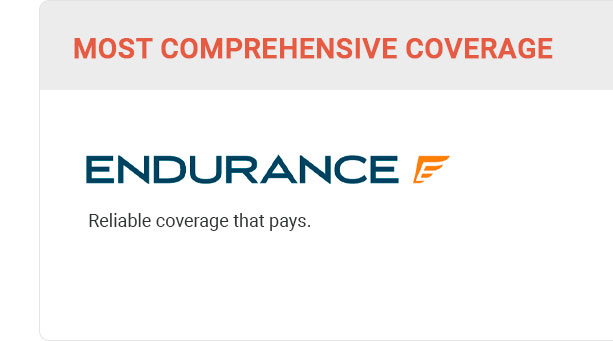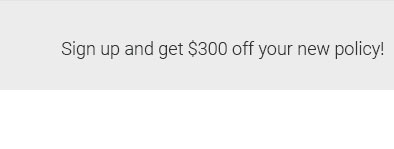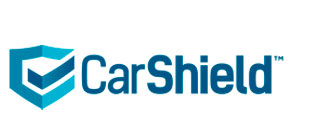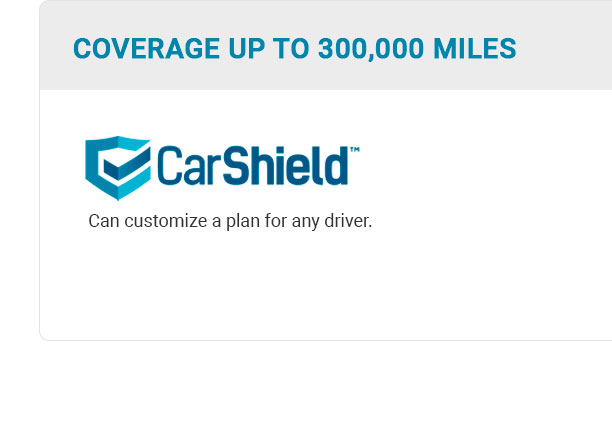 |
 |
 |
 |
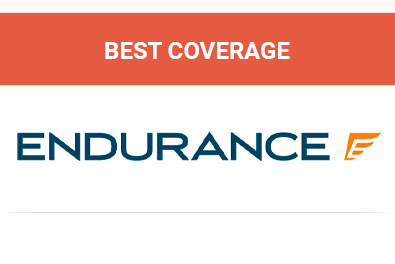 |
 |
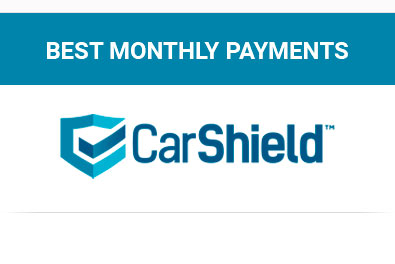 |
 |
 |
 |
|||
 |
 |
|||
 |
 |
|||
 |
 |
|
|||||||
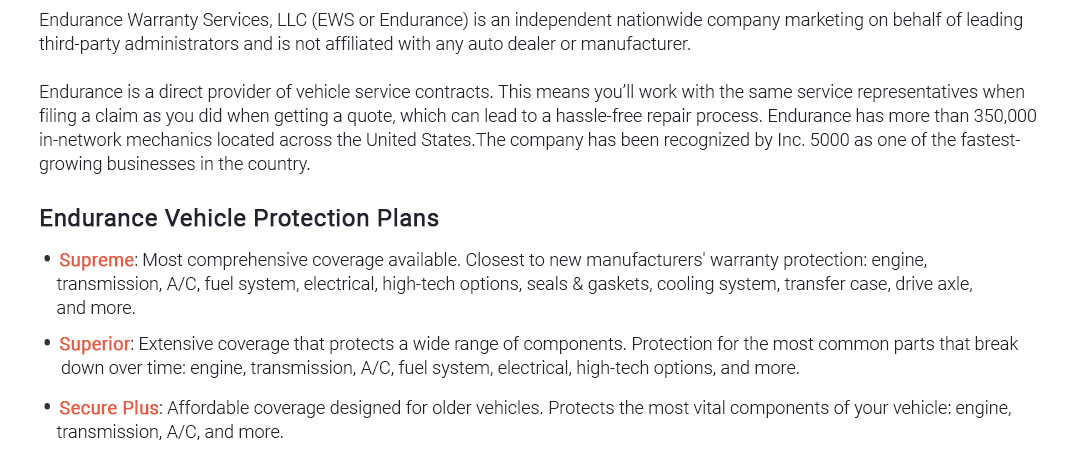 |
|||||||
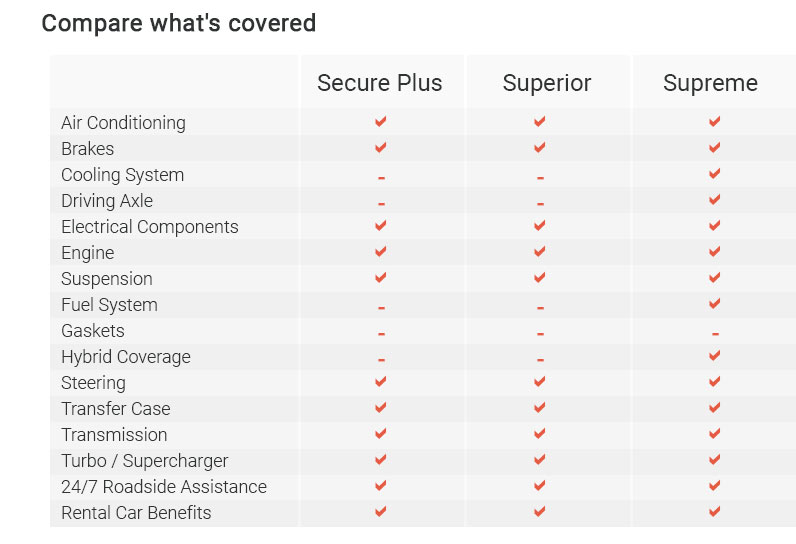 |
|||||||
 |
|||||||
 |
|||||||
|
|||||||
|
||||||
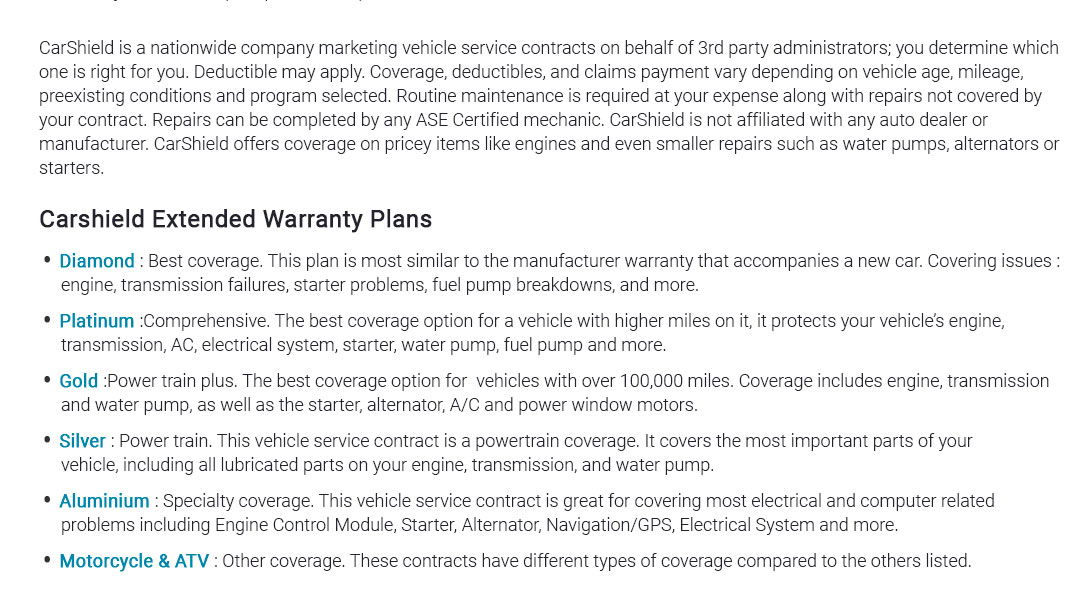 |
||||||
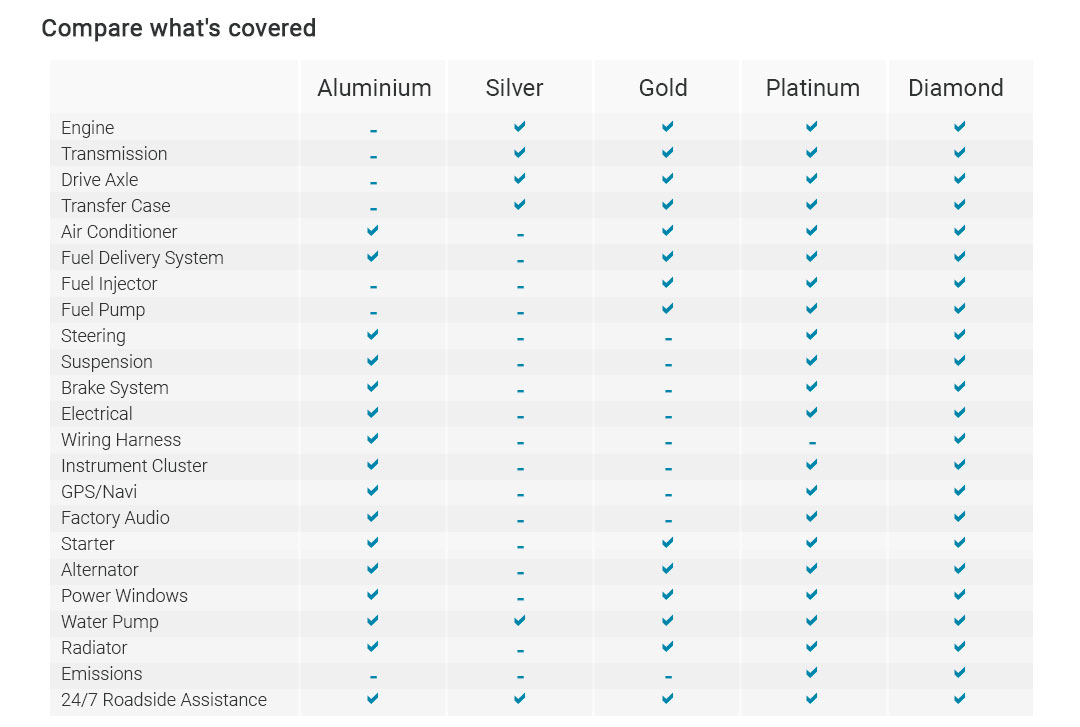 |
||||||
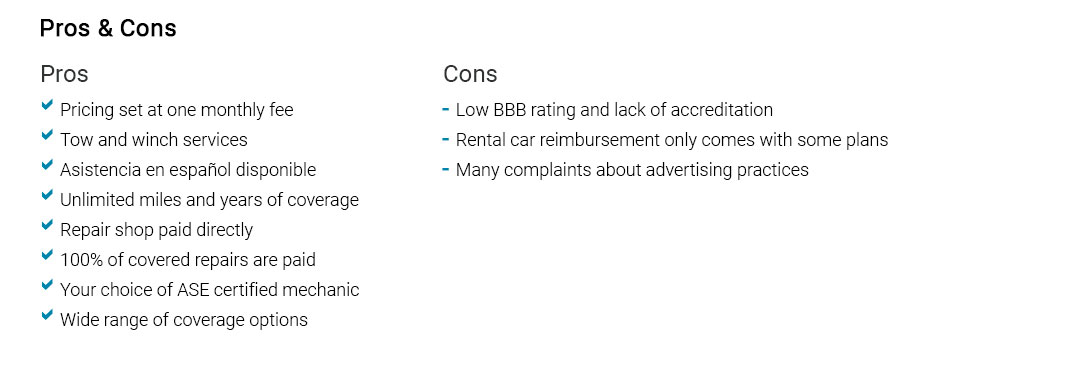 |
||||||
|
 |
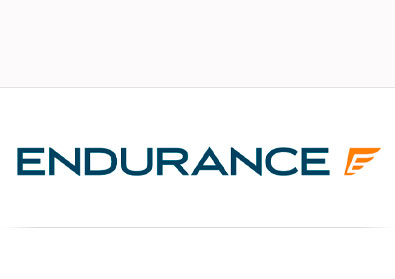 |
 |
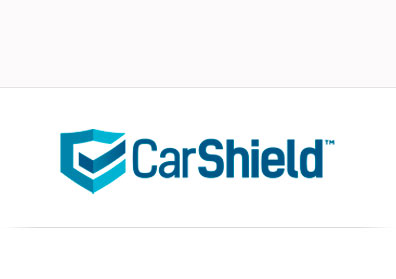 |
 |
 |
 |
|||
 |
 |
|||
 |
 |
Understanding the Intricacies of Insurance Gap CoverageIn the modern world of financial planning, where the unforeseen often lurks around the corner, insurance plays a pivotal role in safeguarding our assets and peace of mind. Yet, a term that occasionally stirs confusion among policyholders is insurance gap coverage. This coverage is more than just a safety net; it is an essential consideration for those who seek to bridge the financial void between what is owed on an asset and its actual cash value. At its core, insurance gap coverage comes into play primarily in the realm of auto insurance, particularly when dealing with leased or financed vehicles. Imagine the scenario: you've just driven off the lot in your brand-new car, feeling the thrill of the open road. However, should the unfortunate occur-a severe accident or theft-standard auto insurance may only cover the market value of your vehicle at the time of the incident. Unfortunately, this amount can often be significantly lower than what you still owe to the lender. This is where gap coverage steps in, ensuring that the remaining balance of your auto loan is covered, sparing you from potential financial distress. Why is Gap Coverage Important? Let's dive deeper into why this type of insurance can be so crucial. The moment you drive a vehicle off the dealer’s lot, its value depreciates, sometimes dramatically. In fact, vehicles can lose up to 20% of their value within the first year alone. If your car is totaled in an accident, the insurance payout might not be sufficient to pay off your loan, especially if you made a minimal down payment or opted for a long loan term. In such cases, the gap coverage is not just a luxury-it becomes a necessity. Who Should Consider Gap Coverage? While it’s tempting to view gap insurance as an added expense, it’s worth considering for certain individuals. Those who lease vehicles often find gap coverage bundled into their lease agreements. It’s also advisable for people who finance cars with a loan term longer than 48 months, as well as for those who put down less than 20% upfront. Furthermore, if you’re purchasing a vehicle that depreciates quickly, gap coverage can be a wise investment.
In recent years, the concept of gap insurance has evolved, adapting to changing market dynamics and consumer needs. One subtle shift is its availability not just through car dealerships and lenders, but also directly from insurance providers, often at a more competitive rate. This flexibility allows consumers to shop around, ensuring they get the best deal possible. It's worth noting, however, that while gap insurance provides significant benefits, it isn’t universally applicable. For instance, if you owe less than your car's value, or if you have the financial cushion to cover any discrepancy, you might consider passing on this coverage. Additionally, gap insurance does not cover vehicle repairs or replacements; it solely addresses the financial gap between what you owe and what your vehicle is worth. As with any insurance product, it’s crucial to read the fine print and understand the specific terms and conditions. Some policies have limitations on the payout, so it’s important to be aware of any exclusions or caps. Also, keep in mind that once the loan balance falls below the car's value, gap insurance is no longer necessary, and it can be canceled to save on premiums. In conclusion, while insurance gap coverage may initially seem like an optional add-on, for many, it represents a vital component of comprehensive financial protection. Whether you’re navigating the complexities of a new car lease or ensuring that your investment is protected against unexpected depreciation, understanding and potentially embracing gap coverage could save you from future financial strain. As the landscape of insurance continues to evolve, staying informed and proactive will always be your best defense. https://www.progressive.com/answers/gap-insurance/
Gap insurance is an optional auto insurance coverage that applies if your car is stolen or deemed a total loss. https://www.geico.com/auto-insurance/gap-insurance-coverage/
Gap insurance is a type of auto insurance typically purchased for leased or financed vehicles. If your vehicle is totaled, your standard auto insurance policy ... https://www.allstate.com/resources/car-insurance/gap-insurance-coverage
Gap insurance is an optional car insurance coverage that helps pay off your auto loan if your car is totaled or stolen and you owe more than the car's ...
|



